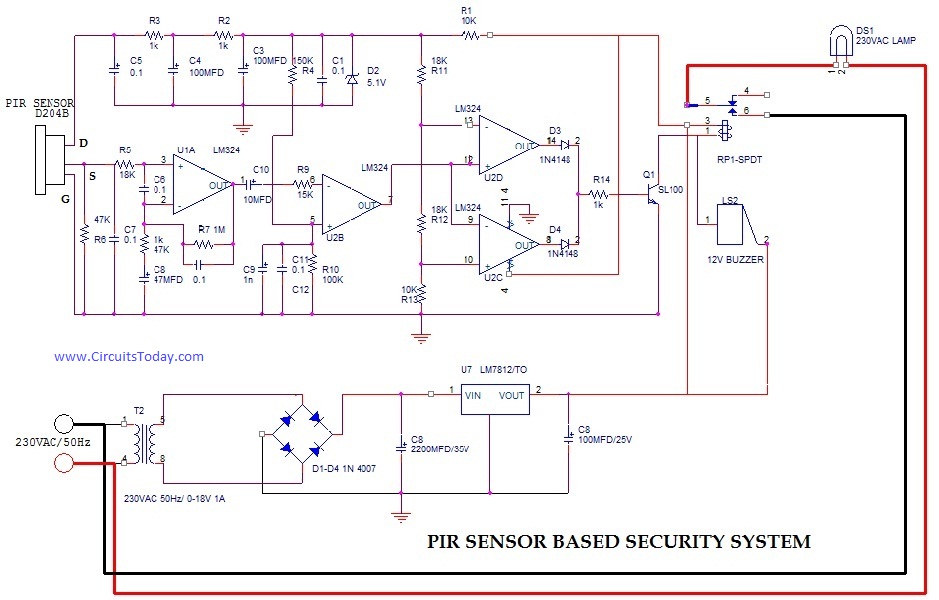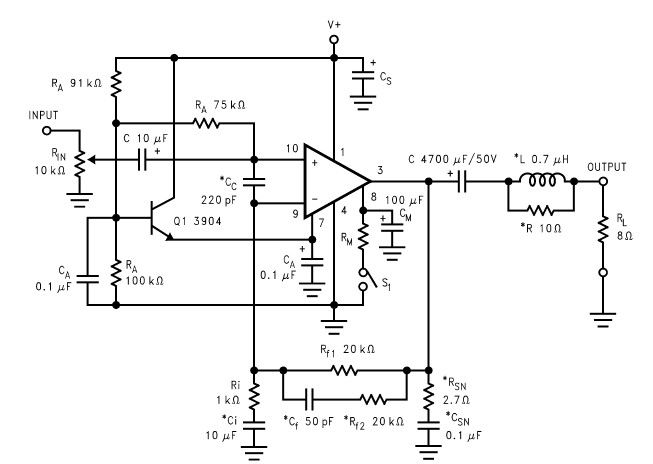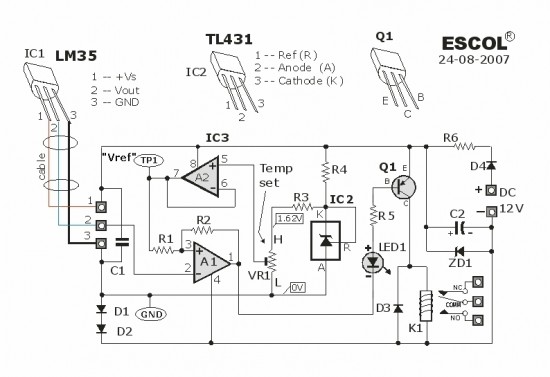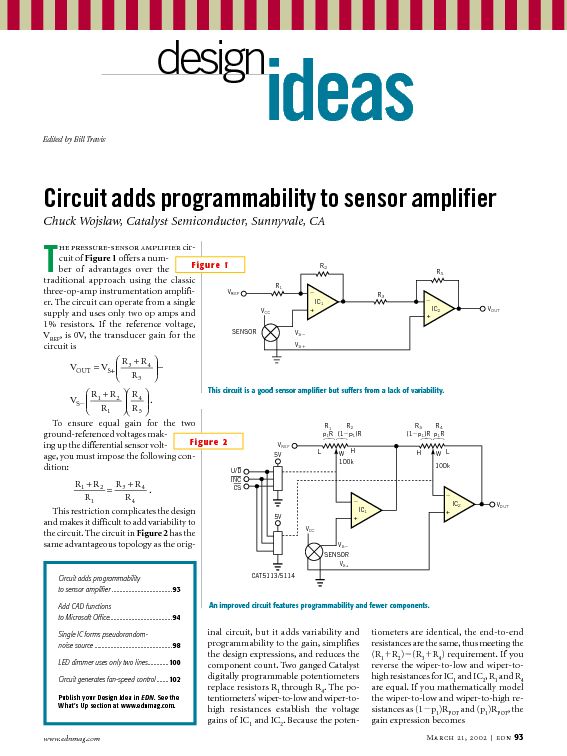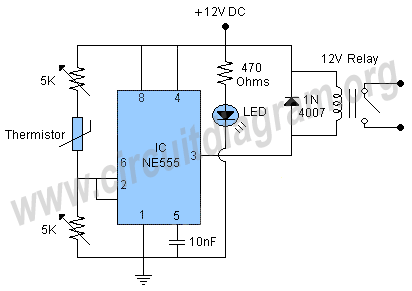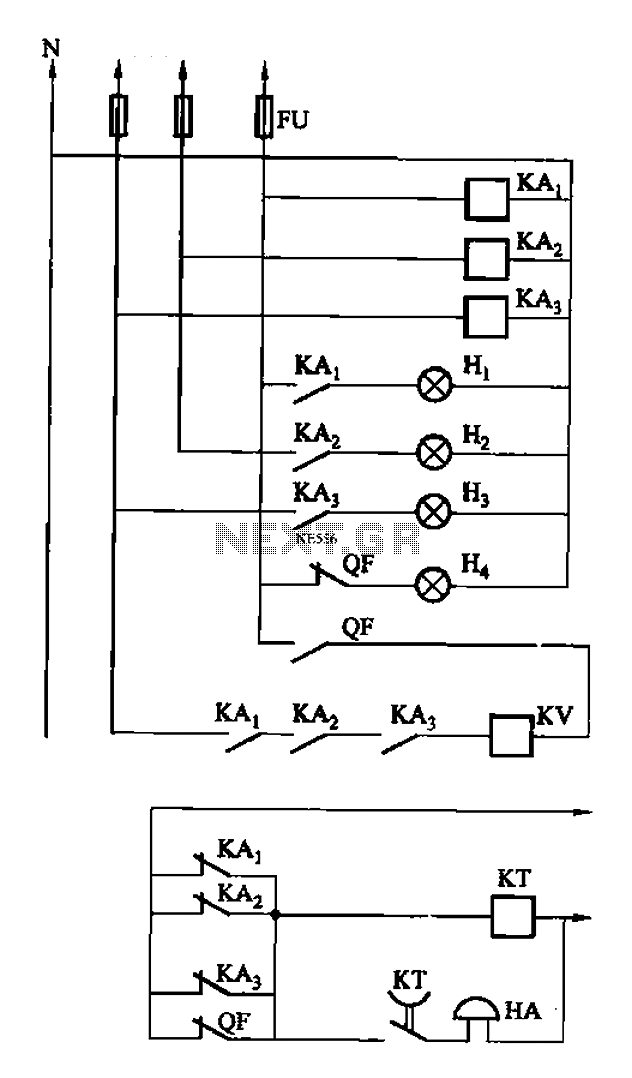
Plate Touch Sensor Circuit
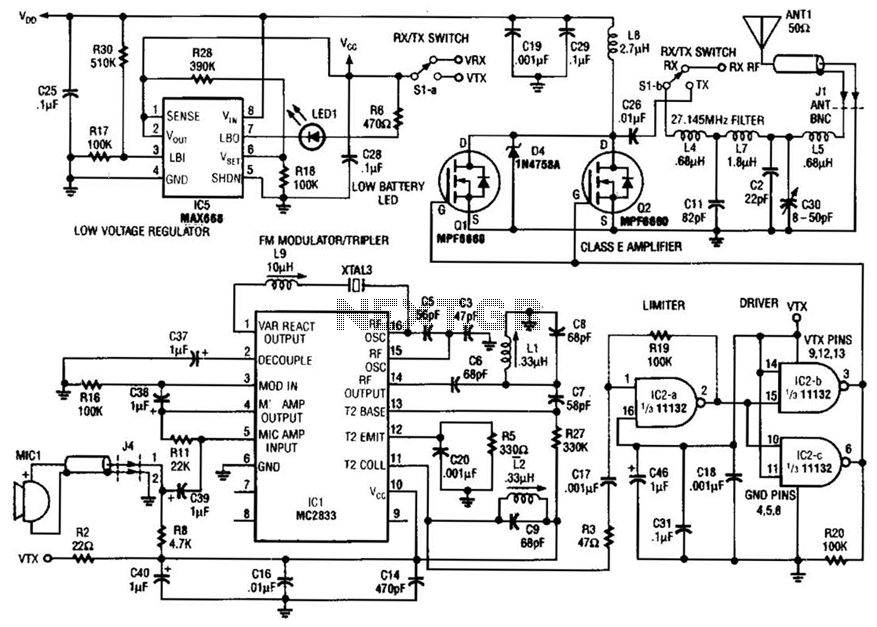
This system operates on the principle that the capacitance loading of an oscillator will lower its frequency. When a foreign body comes into contact with the touch plate, the frequency of U1 is lowered. This removes the oscillator signal from U2's passband, which causes U2 to lose lock, turns off the LED, and causes the collector of Q1 to go low.
The described system functions as a capacitive touch sensor, utilizing the inherent properties of capacitive loading to detect the presence of a foreign object. The oscillator, designated as U1, generates a specific frequency output that is influenced by the capacitance introduced by any object that touches the designated touch plate. This interaction effectively alters the oscillation frequency of U1, resulting in a frequency drop.
As the frequency of U1 decreases, it moves out of the operational passband of the subsequent stage, U2. U2 is typically configured as a phase-locked loop (PLL) or a similar locking mechanism that relies on a stable input frequency to maintain its lock condition. Once the frequency of U1 shifts beyond the acceptable range for U2, the PLL can no longer maintain lock, which triggers a series of events in the circuit.
The loss of lock in U2 directly affects the output state of the system. The LED, which serves as an indicator of the system's operational status, is turned off when U2 loses lock. This visual cue signifies that a foreign object has been detected. Furthermore, the collector of transistor Q1 transitions to a low state, indicating that the detection circuit has been activated. This low state can be utilized to drive additional components or trigger further actions in the overall system, such as activating alarms, initiating signals, or interfacing with microcontrollers for more complex responses.
In summary, the system is designed to detect touch through capacitive sensing by monitoring frequency changes in oscillator U1, which in turn influences the behavior of U2 and the subsequent output states, providing a reliable method for user interaction through proximity detection. This system operates on the principle that capacitance loading of an oscillator will lower its frequency. When a foreign body comes into contact with touch plate, the frequency of Ul is lowered. This removes the oscillator signal from Ul from U2`s passband, which causes U2 to lose lock, turns off the LED, and causes the collector of Ql to go low.
The described system functions as a capacitive touch sensor, utilizing the inherent properties of capacitive loading to detect the presence of a foreign object. The oscillator, designated as U1, generates a specific frequency output that is influenced by the capacitance introduced by any object that touches the designated touch plate. This interaction effectively alters the oscillation frequency of U1, resulting in a frequency drop.
As the frequency of U1 decreases, it moves out of the operational passband of the subsequent stage, U2. U2 is typically configured as a phase-locked loop (PLL) or a similar locking mechanism that relies on a stable input frequency to maintain its lock condition. Once the frequency of U1 shifts beyond the acceptable range for U2, the PLL can no longer maintain lock, which triggers a series of events in the circuit.
The loss of lock in U2 directly affects the output state of the system. The LED, which serves as an indicator of the system's operational status, is turned off when U2 loses lock. This visual cue signifies that a foreign object has been detected. Furthermore, the collector of transistor Q1 transitions to a low state, indicating that the detection circuit has been activated. This low state can be utilized to drive additional components or trigger further actions in the overall system, such as activating alarms, initiating signals, or interfacing with microcontrollers for more complex responses.
In summary, the system is designed to detect touch through capacitive sensing by monitoring frequency changes in oscillator U1, which in turn influences the behavior of U2 and the subsequent output states, providing a reliable method for user interaction through proximity detection. This system operates on the principle that capacitance loading of an oscillator will lower its frequency. When a foreign body comes into contact with touch plate, the frequency of Ul is lowered. This removes the oscillator signal from Ul from U2`s passband, which causes U2 to lose lock, turns off the LED, and causes the collector of Ql to go low.
